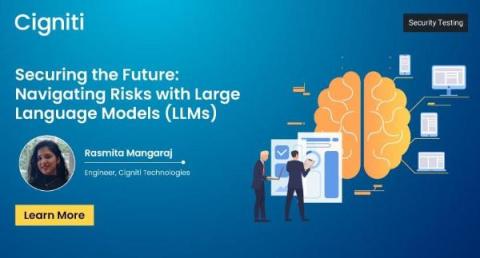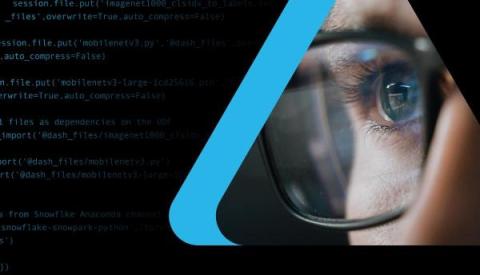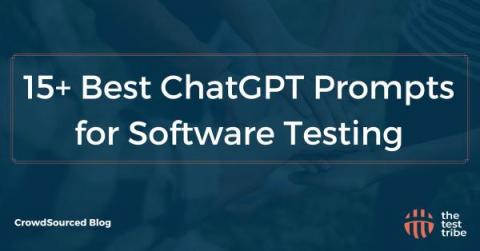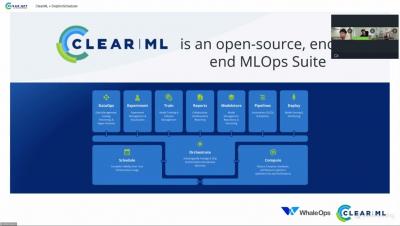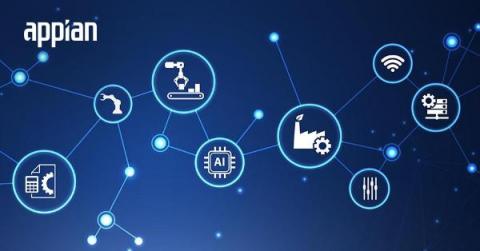Systems | Development | Analytics | API | Testing
AI
Securing the Future: Navigating Risks with Large Language Models (LLMs)
Large language models (LLMs) have recently garnered immense popularity and global attention due to their versatile applications across various industries. The advent of ChatGPT in late 2022, particularly resonating with Gen Z, exemplifies their impressive capabilities. Nowadays, the cumbersome process of navigating automated phone menus (pressing 1 or 2) for customer support is becoming less desirable, with chatbots like Siri and Alexa offering a more user-friendly alternative.
Securely Connect to LLMs and Other External Services from Snowpark
Snowpark is the set of libraries and runtimes that enables data engineers, data scientists and developers to build data engineering pipelines, ML workflows, and data applications in Python, Java, and Scala. Functions or procedures written by users in these languages are executed inside of Snowpark’s secure sandbox environment, which runs on the warehouse.
Part 4 of 4: ThoughtSpot Generative AI for Looker Modeler
A Complete Guide To AI/ML Software Testing
There is no doubt about it: Artificial Intelligence (AI) and Machine Learning (ML) has changed the way we think about software testing. Ever since the introduction of the disruptive AI-powered language model ChatGPT, a wide range of AI-augmented technologies have also emerged, and the benefits they brought surely can’t be ignored. In this article, we will guide you to leverage AI/ML in software testing to bring your QA game to the next level.
15+ Best ChatGPT Prompts for Software Testing
We’ve got something truly special in store for you. We reached out to our expansive testing community, consisting of 40,000 testers, and posed a question about leveraging GPT prompts for various software testing scenarios and tips for effective prompting. The response was nothing short of astounding, and today, we’re thrilled to bring you the incredible insights we gathered. Prepare to be amazed as we unveil 15+ best ChatGPT prompts for software testing enthusiasts like you.
Snowpark ML: The 'Easy Button' for Open Source LLM Deployment in Snowflake
Companies want to train and use large language models (LLMs) with their own proprietary data. Open source generative models such as Meta’s Llama 2 are pivotal in making that possible. The next hurdle is finding a platform to harness the power of LLMs. Snowflake lets you apply near-magical generative AI transformations to your data all in Python, with the protection of its out-of-the-box governance and security features.
Creating a data-driven culture with self service and data literacy
[Webinar Recording] ClearML + Apache DolphinScheduler: A New Approach to MLOps Workflows
Large Language Models: 3 Examples of Problems They Can Solve
Large language models (LLMs) are all the rage, fueled by the release of OpenAI's ChatGPT in late 2022, initially powered by the LLM GPT-3. Aside from the news hype, what can LLMs actually, getting-down-to-brass-tacks, nitty-gritty do for your business? Here, we’ll look at three examples of problems they can solve. But first, a quick definition of LLMs.



